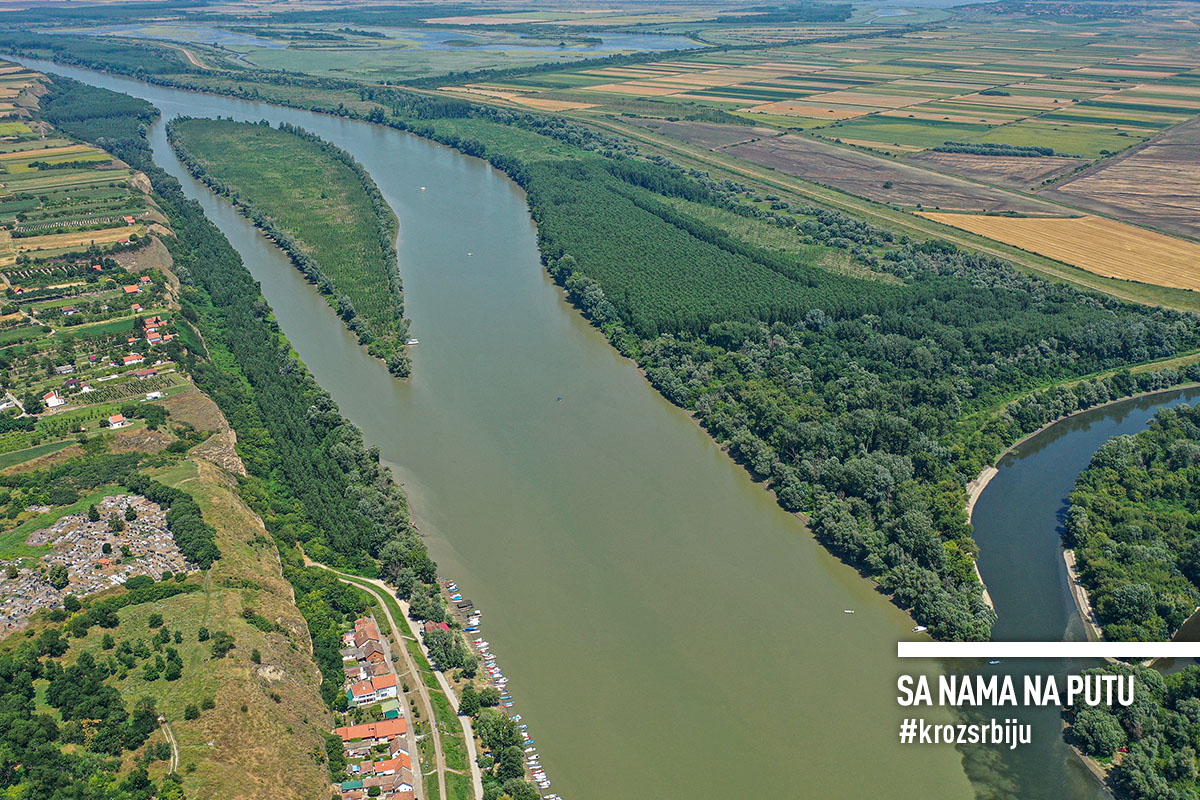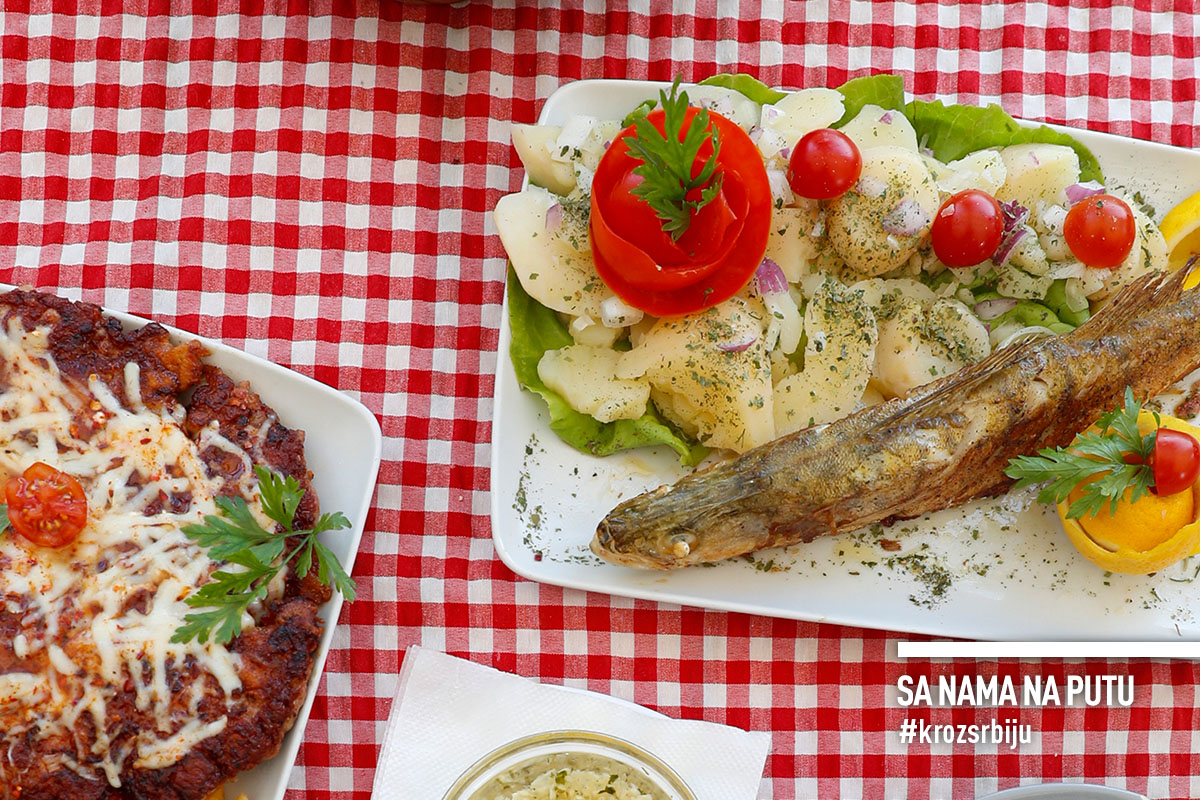Not all land in Bačka is flat. It has its slight ups here and there. It even created a hillock. Just so as to stir up the uniformity of the landscape. To counterbalance the flat fields. And, at the foot of it, a river runs. It flows, not only through the verses of Stevan Raičković, but “deep through the life” of this and many other poets. What do they jointly create? We’ll find out soon enough.
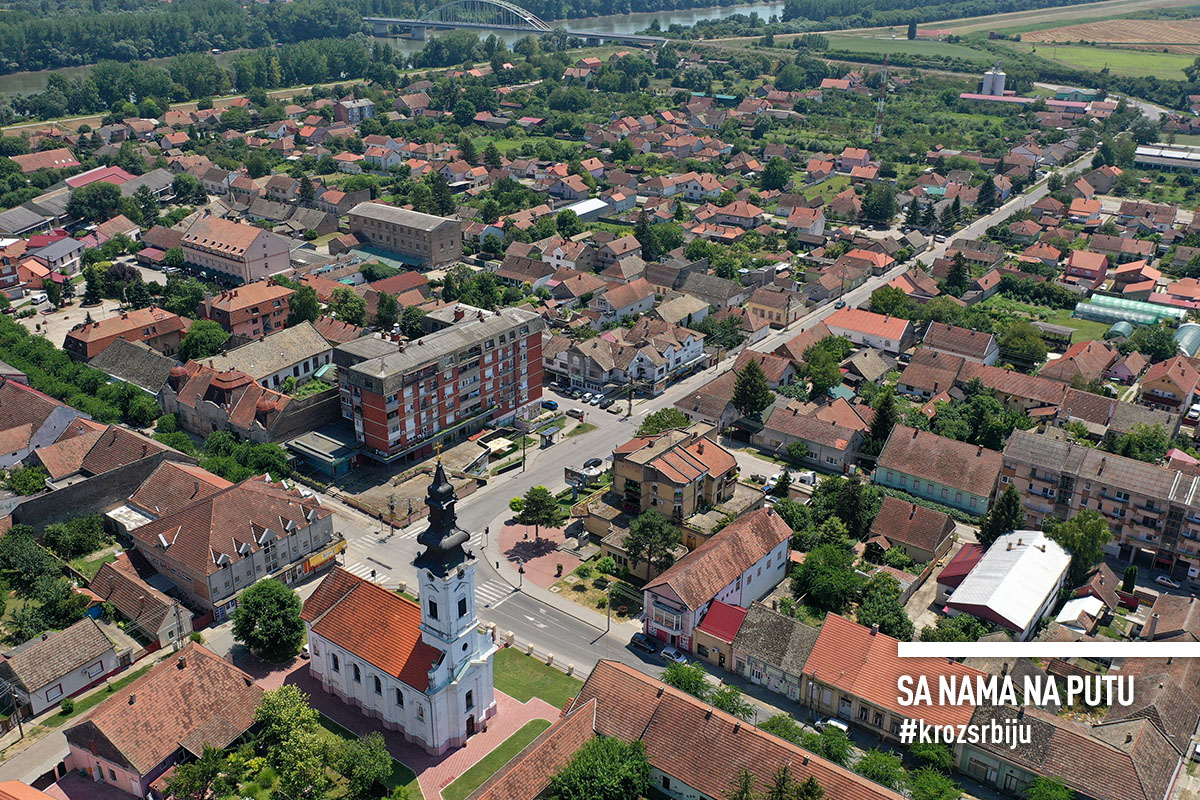
Why visit the Tisza river and Titelski breg
1. Because Tisza is a river of love
It travels a long distance before its water splashes Serbia, where it presents its waters to the Danube. It is its longest tributary. It divides the regions of Bačka and Banat. It is the only river in Europe that “blooms”. It has a lone counterpart in the world, the Yangtze in China. The Tisza “flower” is a mayfly that, usually in June, emerges from the river mud to freedom in order to continue its species in an unparalleled romantic dance. It gives its life for love. And it lives only for a day. And when it goes extinct somewhere, it never appears there again. “The Tisza mayfly is an indicator of how clean the river is,” our captain says as we board his boat.
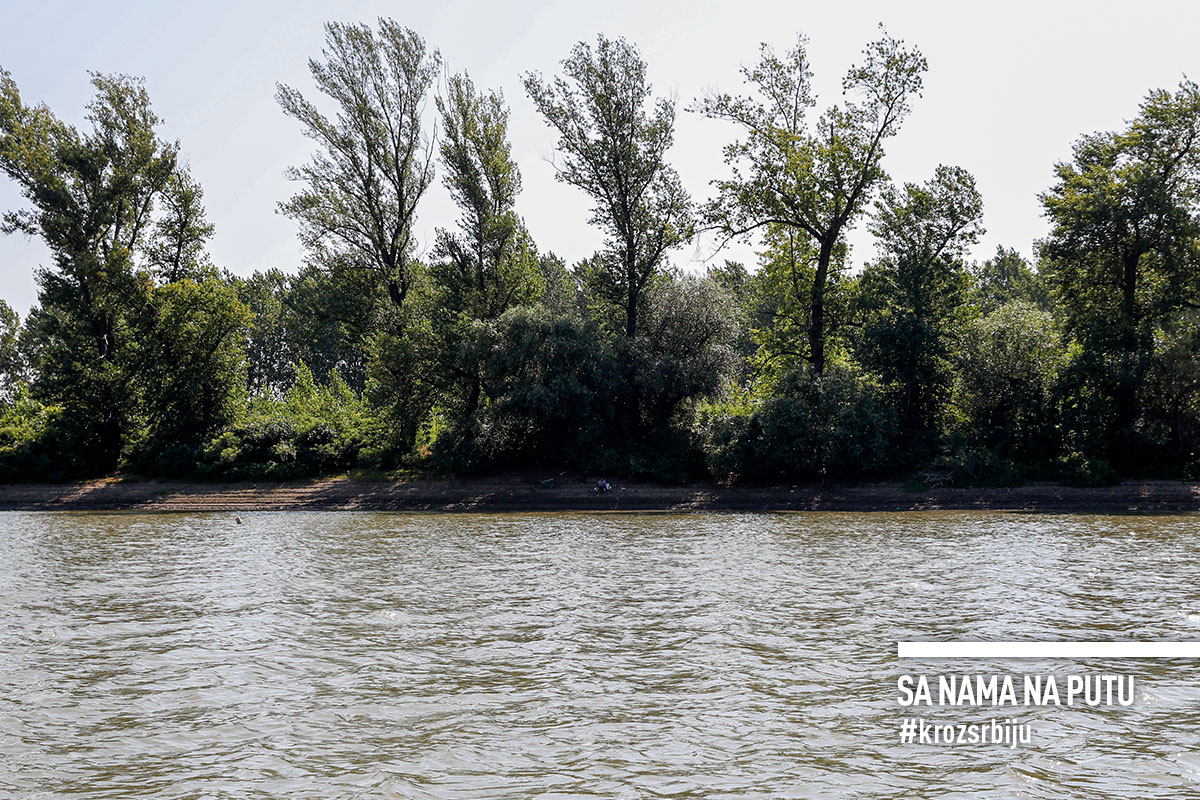
We sail downstream, to the mouth of the blue giant. “Slowly, I like to take my time,” our helmsman hints at the long sail ahead of us and begins the story of the secrets, as he says, of the river that is faster and deeper than the Danube. We listen to him attentively and watch the campers who set up tents along the banks. They are huddled in the deep shade, fishing. Without making a sound. Like greenish water and quite lush surrounding nature. Calm, quiet, relaxing. Sometimes only a little bird makes a sound. We are suddenly snapped by a piercing sound. We almost fell into the water. A monstrosity is coming our way. Warning the little boats to get out of its way. We escaped in time and managed to remain on the rippling water. Our captain finds a patch of shade near the shore and docks. “It’s scorching hot. Let’s freshen up a bit,” he suggests, pulling out a cooling bag from the cabin. He is an experienced sailor of the Tisza river. Inside the bag, there is water, beer and, to our surprise, canned G-Drive iced coffee. He knew who he would be travelling with. He chooses latte, with a jocular remark: “It is too early for beer”. We have cappuccino and espresso. Cold and “strong” enough that, as we were a little dazed by the sun, they’ve shaken us up and prepared us for further boat ride.
Upstream from the bridge connecting Banat and Bačka, there is a rather different atmosphere. Lively and cheerful, noisier. There are houses packed in close together, built on barges, some of them jerry-built, some new and modern, several cafes, and a handful of boats, mostly simple ones. There is also a Tam-Tat boat that cruises on three rivers and two confluences. Families are riding around in boats and pedal boats, the young are jumping into the water and having fun, and the little ones are frolicking in the water. Fishermen are mostly waiting patiently for the fish to bite, pleasure-seekers are calmly sailing, and some scooters and speedboats are buzzing by. Everyone knows each other, they are waving, shouting, and honking the siren as a greeting. Such is the life on the Tisza river in Titel.
2. Because Titelski breg is a unique sight in Bačka
In the plain, even a small upland can be a hill. Thus, in Bačka, Titelski breg, which rises to 130 meters, is considered nothing less than a mountain. “When you climb to the top, it can buzz in your ears,” people from Bačka joke about their region that is flat as a pancake. It stretches for about 17 kilometres between the Danube and Tisza rivers, between Mošorin, Lok, Vilovo, Titel, and the Tisza river. There are two opinions on the emergence of this plateau. Some believe that it was made by wind-blowing of loess, while others think that it was detached from Fruška gora mountain. However, it is considered the most interesting loess plateau in Central Europe. It is nicknamed Witness hill (Serbian – Svedok brdo), as it holds countless secrets about climate and environmental changes that have been going on for hundreds of thousands of years. Today it is a special nature reserve. It is the habitat of about 630 plant species, significant number of which are typical steppe species. More than 140 species of birds, including 100 nesting birds, have been recorded there. The little owl and the bee-eater, one of the most colourful birds in Europe, also live here, while the white-tailed eagle and the saker falcon keep their watch over the area. There are also amphibians, reptiles, Eurasian eagle-owls, and European ground squirrels. We saw one European ground squirrel at the famous old well with large water holes, on the glade at the foot of the hillock. We haven’t checked, but they say the antique well still functions. The claim is supported by a herd of cows that graze around carefree. There is a local lore about the vast treasure buried here somewhere. Of course, it belonged to the ruler of the Huns, Attila, who, it is believed, was buried at the foot of the hill, in the arms of the Tisza and the Danube. But this is not the only area in Vojvodina where the locals claim that the grave of the Scourge of God is. According to historical sources, he did end his life in Pannonia, but whether he was buried there and where that is, or whether the Tisza took him somewhere else, will probably remain a secret forever.
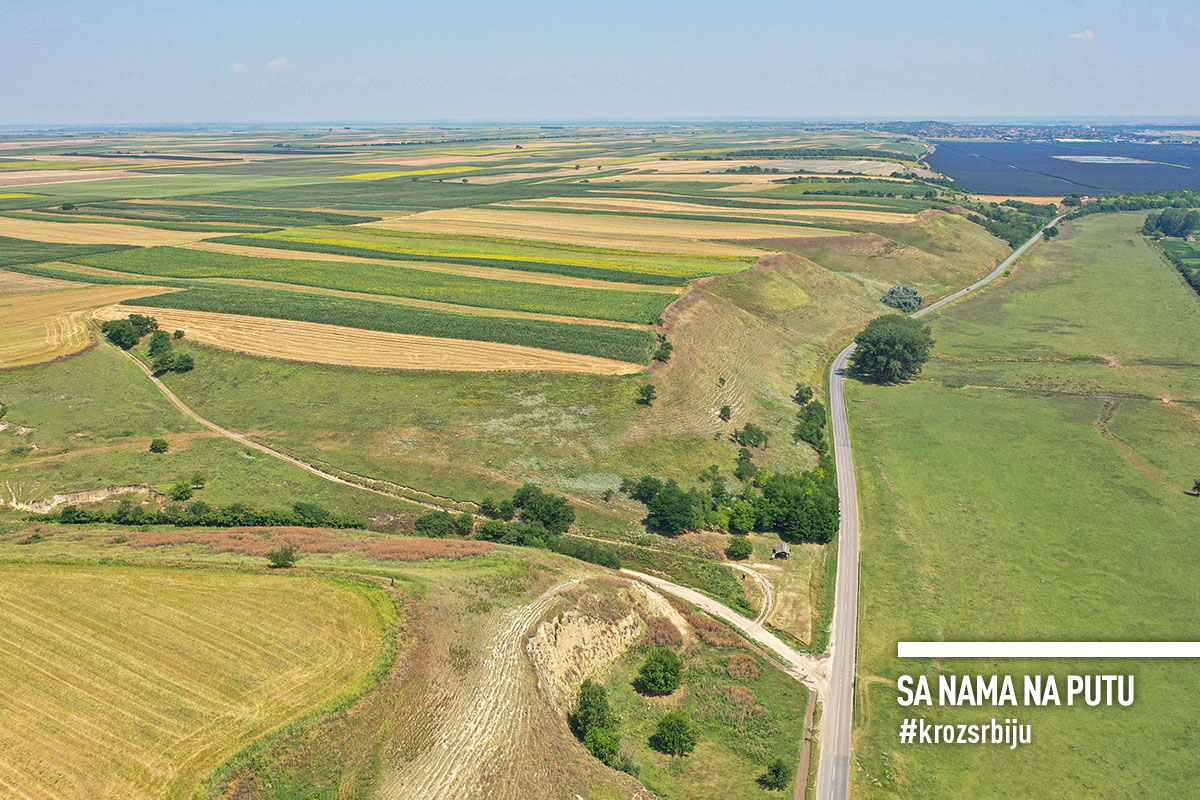
3. Because Titel is a lovely town
It is nicely settled. In the heart of Vojvodina Province, along the right bank of the Tisza river, overlooking the place where the Bega river gives its water to the Tisza, on the southern slopes of the Titelski breg. There have been settlements in the area of this town ever since prehistoric times. The oldest mention of its name was in the Hungarian charters in the second half of the 11th century. Having hosted Dacians, Celts, Huns, Romans, Ugrians… it first became Serbian at the beginning of the 15th century, and finally after the Great War.
Today, Titel is a relaxed, peaceful, and hospitable town. There are several interesting buildings there: a guardhouse from the 18th century, the former warehouse for chaika boats, the Šajkaš Battalion barracks, and two churches, Roman Catholic and Serbian Orthodox, both dedicated to the Assumption of the Virgin Mary and built in the same year, 1811. How interesting.
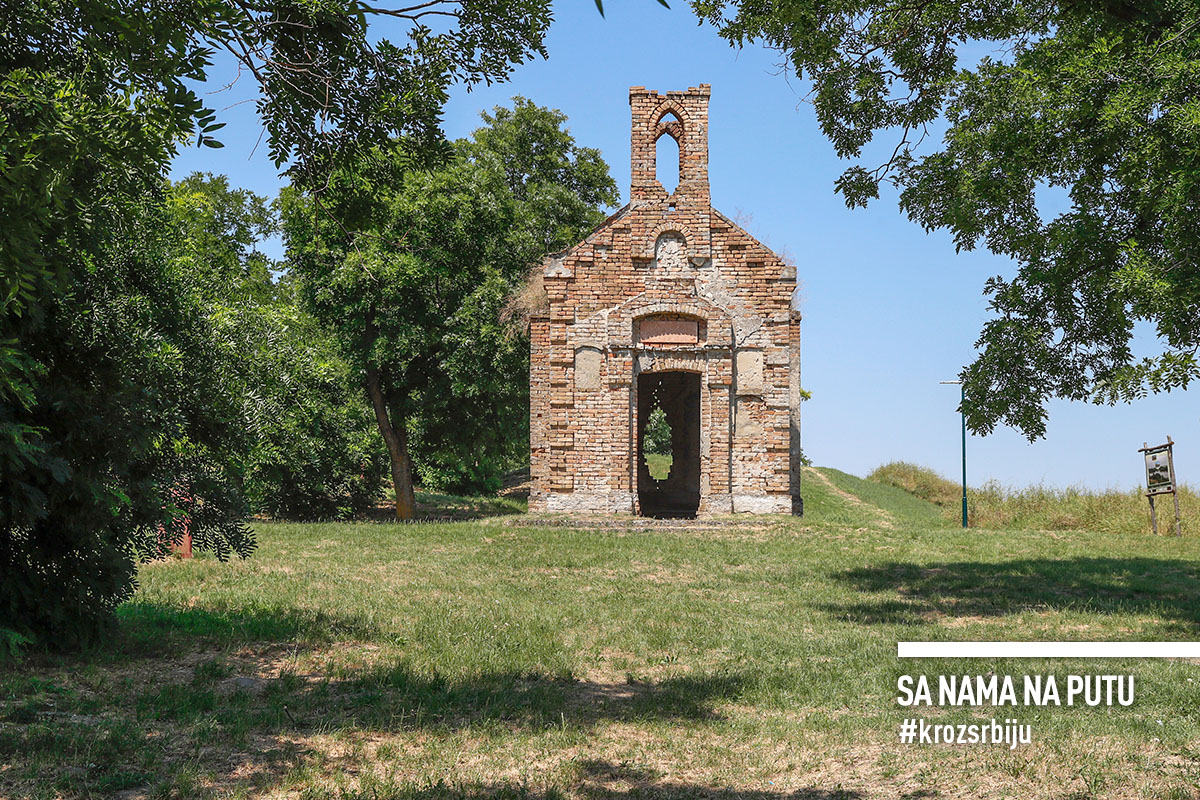
It’s a hot day with only a few persons on the street, while the others must be on the Tisza and at the town beach. A well-decorated concrete beach with reed-covered sun umbrellas, a green area with a children’s playground, and sports fields. The main street, named Glavna, starts from the beach. The first part is cobblestone, surrounded by trees, behind which are mostly private houses, some with rather interesting façades, some slightly dilapidated. There is also a small square with a fountain and a café. We walk further. It seems that the street stretches indefinitely. Finally, we reach the birth house of Mileva Marić. Big, with a large wooden gate and reliefs on the façade. It reflects the wealth of her family. Although she did not live in it for a long time, today there are not any signs indicating this was her first home. According to the media, the current owners refused to put a memorial plaque on the house. It was then decided, again according to the media, to place her bust across the street in a park, otherwise quite neglected, in order for Mileva to look at her birth place. We couldn’t find it. We may not have looked carefully enough, but if there is the bust, it should definitely be in a visible, prominent place. Only then did we understand the wondering look and shaking of the head of several locals we asked about Mileva’s bust. We unjustly accused them of not knowing about their famous fellow citizen, who, both during her life and today, does not enjoy the deserved glory and respect. In the town, only the Secondary Technical School bears her name. And Titel could have been the town of Mileva, one of the smartest ladies of the 20th century. Unfortunately, it’s not.


